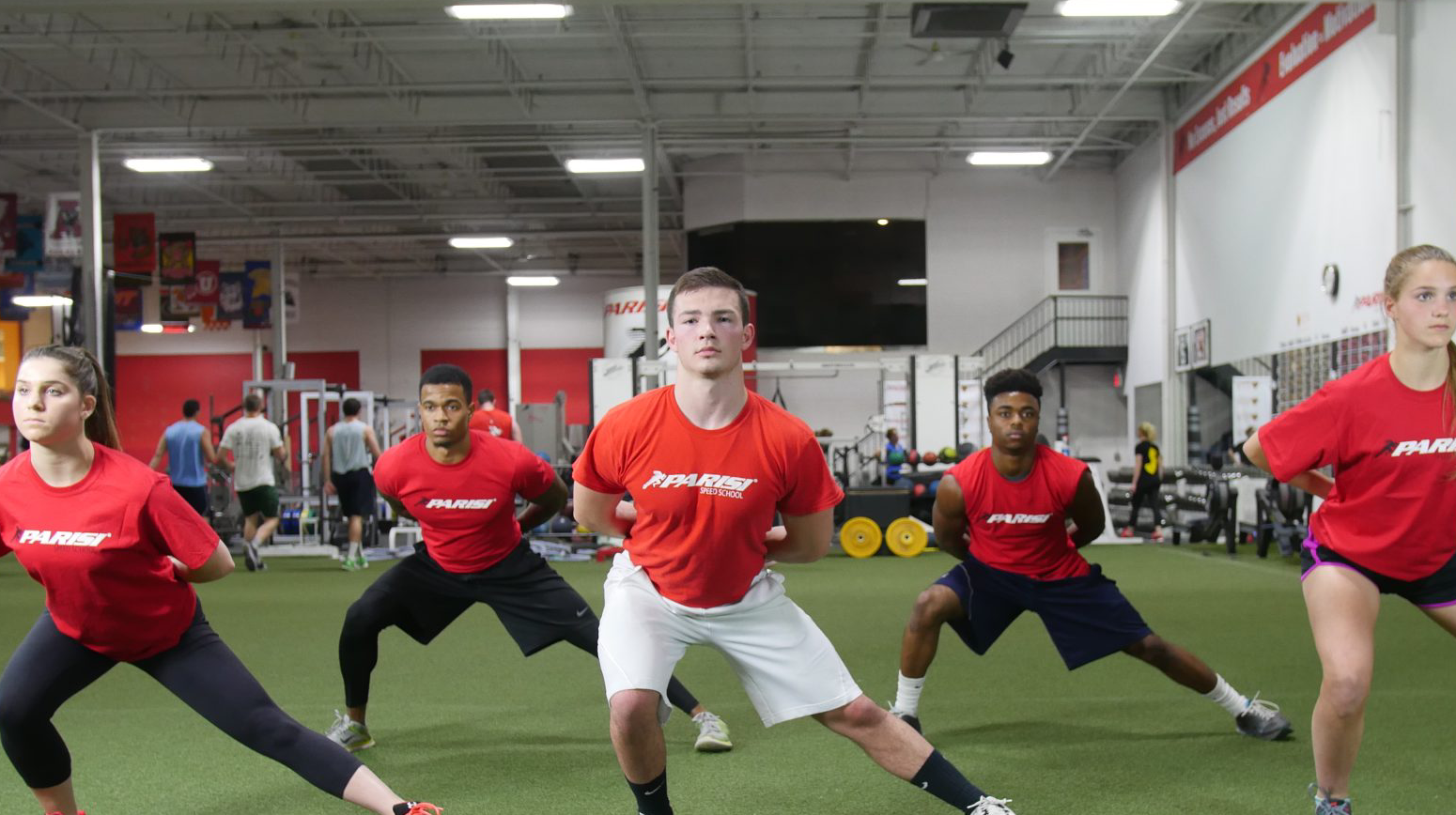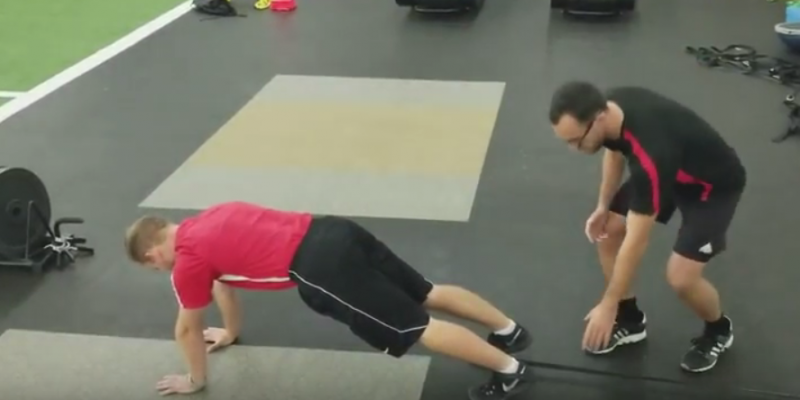The Importance of Mobility
Our athlete can now come early for each session to add mobility drills before their strength and speed session, read about the importance of mobility drills.
In order to first understand mobility and what it entails, we must first ask ourselves why should I perform mobility in the first place? The quick response to that would be injury prevention, yet it is a little more involved than that. To truly understand the reason behind mobility drills we must look at the joint-by-joint approach developed by physical therapist Gray Cook and strength and conditioning expert Michael Boyle. This approach simply describes the body as an alternating series of joints, starting at the ankle, that are either mobile joints or stable joints. Below is a quick guide:
| Joint | Need |
| Ankle | Mobility |
| Knee | Stability |
| Hip | Mobility |
| Lumbar Spine | Stability |
| Thoracic Spine | Mobility |
| Glenohumeral joint (shoulder) | Stability |
When looking at the joint-by-joint approach, joints that are prevented from performing their normal function will result in injury at joints above or below that area. For example, the lower back is a common area for pain. This is due to a lack of mobility at the hip. Poor strength and mobility at the hip leads to a stable joint compensating and becoming more mobile than necessary and therefore painful. This can be applied to any of the joints in the body.
Now it is important to note that joints that need stability must be trained for it through strength training, and joints requiring mobility will be trained for it through mobility drills (1). A key to understanding mobility is that it is not the same as flexibility, which targets the muscles and is done through traditional static stretching, whereas mobility targets the joints and requires gentle motion (1). Mobility drills will resemble the movement requirements of that joint during sport or activity and therefore are key for preventing injury (2).
To fully benefit from mobility work, one must use a foam roller prior to performing these exercises due to two concepts, creep and locked long/locked short. I will not bore you with technical definitions of these two concepts, but I will explain them quickly. Creep occurs slowly over time. For example when you sit with your back arched the muscles in your back get used to being in that elongated position or locked long. Basically they are lengthened due to always being in that position. Creep is seen on the back side of the body, which happens to be the most commonly foam rolled area (back, glutes, hamstrings etc.). Foam rolling is a great way to combat this idea of creep. Locked long is what happens during creep, and locked short is what happens in the front of the body when you are hunched over. Think about your chest or hip flexors. They get tight when you are sat down all day because they are in a shortened position, locked short (1).
Foam rolling is a must before you begin training, followed by mobility and then depending on the training focus, the warm-up and other training protocols. I hope this was helpful and we look forward to seeing you early for sessions to get your mobility work in!!
Finn Ducker Bsc., CSCS., CFSC-1, Sports Performance Coach at Parisi Colorado
References:
1: “New Functional Training For Sports: 2nd Edition.” Michael Boyle. Human Kinetics. 2016
2: “Essentials of Strength Training and Conditioning: 3rd Edition.” National Strength and Conditioning Association, Thomas R Baechle, Roger W. Earle. Human Kinetics. 2008
Key Points:
- Mobile Joints need to be mobile while stable joints must be stable in order to prevent injury and poor functioning.
- In order to counteract muscle stiffness we must first foam roll before stretching or performing mobility to work.
- Mobility drills are meant to move joints requiring mobility through ranges of motion commonly seen during activity or sport.
November Mobility
| Mobility Drill | Sets x Reps |
| Croc Breathing | 1 x 10 Breaths |
| 90/90 Breathing | 1 x 10 Breaths |
| Floor Slide | 1 x 10 Reps |
| Clam Shell (can use band here) | 1 x 10 R/L |
| Quadruped T-Spine Rotation | 1 x 10 R/L |
| Hip Rock and Point | 1 x 10 R/L |
| Plate Assisted Ankle Mobility | 1 x 3 rounds R/L |

